Near Mt. Fuji! 10 Things to Do in Kawaguchiko: Day, Night, Winter

Discover the best things to do in Kawaguchiko, the gateway to Mt. Fuji, during the day, at night, in winter, as well as food, hotel, events, and access tips.
Lake Kawaguchiko: A Resort by Mt. Fuji Near Tokyo
Kawaguchiko City, home to Lake Kawaguchiko, is a resort at the foot of Mt. Fuji, not far from Tokyo.
Lake Kawaguchiko is one of the Fuji Five Lakes, offering various leisure activities--from lake cruises to spectacular fireworks in summer and winter, and more. There are also many restaurants, museums, and hotels around the lake.
Kawaguchiko can be easily reached from Tokyo (Shinjuku Station) by limited express train or highway bus.
10 Things to Do in Kawaguchiko Near Mt. Fuji
1. View Mt. Fuji from Various Angles
2. Mt. Fuji Panorama Ropeway
3. Cruise on Lake Kawaguchiko
4. Music Forest Museum
5. Itchiku Kubota Art Museum
6. Fuji-Q Highland Amusement Park
7. Arakurayama Sengen Park and Chureito Pagoda
8. Narusawa Ice Cave
9. Nighttime Fun in Kawaguchiko
10. Kawaguchiko in Winter: Fireworks, Ski Resorts, Hot Springs
Local Food to Try at Lake Kawaguchiko
Sample Itineraries around Lake Kawaguchiko
Seasonal Events at Lake Kawaguchiko
How to Access Lake Kawaguchiko and Ticket Deals
Hotels in the Lake Kawaguchiko Area
1. View Mt. Fuji from Various Angles

Picture courtesy of Yamanashi Tourism Organization
Various viewing spots around Lake Kawaguchiko offer a clear, stunning view of Mt. Fuji.
The first spot is Kawaguchiko Enkei Hall on the northern bank of Lake Kawaguchiko. You can capture the perfect shot of Kawaguchiko Bridge and Mt. Fuji near this hall.

Picture courtesy of Yamanashi Tourism Organization
Oishi Park, located a little further towards Lake Saiko, is another popular spot. You can marvel at the view of Mt. Fuji, seen from beyond Lake Kawaguchiko, together with fields of seasonal flowers. Between June and July, lavender is in full bloom, creating a splendid and fragrant scenery.
There are many scenic places on the northern side of Lake Kawaguchiko. Enjoy exploring the area and finding your favorite photo spot.
Hotels near Kawaguchiko Circular Hall
Read also
2. Mt. Fuji Panorama Ropeway

Photo by Pixta
The Mt. Fuji Panorama Ropeway provides a view of Mt. Fuji and Lake Kawaguchiko from a slightly different perspective.
The ropeway was previously known as the Kachi Kachi Ropeway. This was because Mt. Tenjo, the mountain peak where the ropeway will take you, is said to be where the Japanese folktale “Kachi Kachi Yama” took place.
Take your time going up the mountain by ropeway, then head to the observation deck on the summit. You can enjoy a large panorama of Mt. Fuji. The heart-shaped Bell of Tenjo is another popular photo spot. Feeling tired? We recommend snacking on dango (sweet rice dumplings) or a light meal at Tanuki Chaya Teahouse.
Hotels near Lake Kawaguchi Mt. Fuji Panoramic Ropeway
↑ Return to the top of article.
3. Lake Kawaguchiko Cruise

Picture courtesy of Ensoleille
Enjoy the gorgeous scenery of Mt. Fuji from Lake Kawaguchiko on a cruise boat!
The Inverted Fuji, a phenomenon that occurs when Mt. Fuji is reflected on the water’s surface on days of clear weather and no wind, is an amazing sight we hope you get to witness.
Hotels near Kawaguchiko Pleasure Boat Tensei
4. Music Forest Museum

Picture courtesy of Music Forest Museum
The Music Forest Museum is situated in an expansive garden and has eye-catching Western-style architecture.
There are several things to see at this museum. A large music box that was supposed to be installed on the Titanic is exhibited here.
There are also concerts with sand-painting performances, the practice of depicting a story through sand paintings accompanied by music, held three times a day.

Picture courtesy of Music Forest Museum
On sunny days, head over to the Rose Garden where you can enjoy roses in a multitude of colors. In June, the best time to see the flowers, you can enjoy up to 720 varieties of roses blooming in profusion.
Hotels near Kawaguchiko Music Forest Museum
↑ Return to the top of article.
5. Itchiku Kubota Art Museum

Picture courtesy of Itchiku Kubota Art Museum
The Itchiku Kubota Art Museum was awarded three stars in the 2009 Michelin Travel Guide. Artworks and kimonos designed by Itchiku Kubota, a textile-dyeing artist, are exhibited inside splendid Japanese architecture.
Itchiku Kubota is famous for reviving a long-lost dyeing technique called "tsujigahana" with his own unique interpretation and skills. A glass beads gallery, museum shop, and teahouse are also located on the same premises as the museum.

Picture courtesy of Itchiku Kubota Art Museum
This art museum’s distinct features are not only found inside the museum but also outside, where you can enjoy the scenery.
The Japanese garden, a collaboration between nature and human ingenuity, changes seasonally in appearance. In particular, autumn mesmerizes those who visit with its magnificent autumn leaves.
Hotels near Itchiku Kubota Art Museum
6. Fuji-Q Highland

Fuji-Q Highland is a popular amusement park among young adults from Japan and overseas. Its biggest feature is the array of thrilling attractions!
The amusement park is teeming with roller coasters like FUJIYAMA, Takabisha, and Eejanaika—all of which have been recorded in the Guinness World Records for the tallest height, fastest speed, and steepest inclination in no particular order.
Other attractions include a massive maze, a haunted house, and areas like La Ville de Gaspard Et Lisa inspired by a French picture book. Hotels and restaurants are also located near and inside the amusement park. It might be a great idea to make use of these facilities during your visit.
Book the FujiQ Highland Ticket
Hotels near Fuji-Q Highland
↑ Return to the top of article.
7. Arakurayama Sengen Park and Chureito Pagoda

Photo by Pixta
The Chureito Pagoda in Arakurayama Sengen Park is known as a picturesque view near Lake Kawaguchiko.
Here, you can get a panoramic view of the townscape, five-storied pagoda, and Mt. Fuji’s beautiful figure all from an observation deck located up 398 flights of stairs. The cherry blossom and snowy seasons are immensely popular times to visit.
Hotels near Arakurayama Sengen Park
8. Narusawa Ice Cave

Photo by Pixta
Narusawa Ice Cave is a cavern that was formed by oozing lava from a volcano that erupted near Mt. Fuji in 864. The average temperature in the cave is 3℃ (37.4°F) and is covered in ice all year round.
The ice pillars inside the cave are especially famous. Depending on the year, the pillars will sometimes reach 50 centimeters in diameter and 3 meters in height.
9. Things to Do in Kawaguchiko at Night

Picture courtesy of Fuji Co., Ltd.
Kawaguchiko boasts many scenic night view spots, with light-ups and installations that enhance the charm of the lake and Mt. Fuji after dark.
Recommended spots include the Lake Kawaguchiko North Shore Walking Trail, which offers views of the Lake Kawaguchiko Bridge and its lights, but also Oishi Park and the Arakurayama Sengen Park, where the Chureito Pagoda is lit up at night.
For those who wish to enjoy a drink with friends in the evening, the Nishiura district in Fujiyoshida is home to casual bars located in renovated traditional buildings.

Picture courtesy of Fuji Co., Ltd.
For those who seek relaxation, we recommend the Fuji Chobo no Yu Yurari Onsen, a hot spring and spa resort where you can lie in an open-air hot spring bath with views of Mt. Fuji.
Check the article linked below for other nighttime fun recommendations in Kawaguchiko.
Read also
Some of the most exciting nights in Kawaguchiko and the Mt. Fuji area in summer happen in August, when there is a series of fireworks displays at each of the Fuji Five Lakes, along with summer festivals.
Notable events include the Kawaguchiko Kojo Festival on August 5, which has one of the largest fireworks displays of the year, and the Oshino Hakkai Festival on August 8.
These events can be enjoyed until late in the hours of the night. Check the article below for details and other event information.
Read also
10. Kawaguchiko in Winter: Fireworks, Ski Resorts, Hot Springs
If you're spending the New Year in Kawaguchiko, watching the first sunrise of the year near Mt. Fuji will surely become a memorable experience. Enjoy festive cuisine and join the locals in their celebrations.
Read also
For activities that can be enjoyed throughout the winter season, we recommend the Fujiten Snow Resort. Skiing and snowboarding enthusiasts can have the time of their lives here with Mt. Fuji views!
Another popular winter destination in Kawaguchiko is the Fuji Chobo no Yu Yurari Onsen, where guests can enjoy soothing hot spring baths and quality spa time.
Find other places to visit and things to do in winter in Kawaguchiko in the article below.
January and February are a time of festivals in the area around Mt. Fuji.
One of the notable events is the Kawaguchiko Winter Fireworks Festival, which is held annually on weekends and holidays in January and February along the shores of Lake Kawaguchi. Set off in the crisp winter air, these fireworks create a vibrant and enchanting atmosphere.
Winter is the time when you can enjoy the view of Diamond Fuji, which happens when the Sun can be seen right on top of Mt. Fuji. The Lake Yamanakako Diamond Fuji Festival is a two-week event dedicated to this phenomenon.
Please note that it's very cold in winter in Kawaguchiko, so dress up warmly and enjoy the amazing views and activities that this area offers.
Local Food to Try in Kawaguchiko

Picture courtesy of Yamanashi Tourism Organization
If you'd like to try food that’s unique to Lake Kawaguchiko, we recommend hoto noodles.
Hoto is a local dish from Yamanashi that consists of wide wheat noodles, pumpkin, and other vegetables simmered in miso (soybean paste) soup. The savoriness of the dashi broth and the sweetness of the vegetables go well together.
It has a delicious flavor that will especially hit the spot during the chilly seasons. Restaurants like Houtou Fudou and Koshu Hoto Kosaku are popular options in the Kawaguchiko Station area.
Aside from hoto, there are several other unique foods such as the Fujizakura Heights Beer. This beer uses spring water sourced from the area surrounding Mt. Fuji.
Read also
Suggested Itineraries around Lake Kawaguchiko
Next, we’ll recommend itineraries that include the spots we just introduced. You can hit all the major spots in Lake Kawaguchiko in only one or two days. But if you have the extra time, you should be able to leisurely experience the charms in the area in two nights.
2-Day Itinerary
After you’ve arrived at Kawaguchiko Station by highway bus or railway, the first place you should head to is the Mt. Fuji Panorama Ropeway. Gaze at the spectacular scenery, then travel by route bus to have hoto, a Yamanashi specialty, or udon for lunch.
In the afternoon, take it slow by visiting the art museums. Check in early if you’re staying at a hotel with a hot spring or ryokan (traditional Japanese inn) and take your time unwinding from the day.

Hana Terrace is a complex with an open view of Mt. Fuji from the lakeside of Lake Kawaguchiko
On the second day, take a walk around Oishi Park. If you’re feeling tired, then take a break at a cafe or enjoy some shopping at Hana Terrace.
Several shops sell items like trendy Japanese goods and desserts made with Yamanashi fruits. If that doesn’t sound appealing, then another great option is to play hard from the morning at Fuji-Q Highland.
If you’re looking to buy souvenirs, then we recommend the souvenir shops adjacent to Kawaguchiko Station, Fujisan Station, and the Fuji-Q Highland bus stop.
3-Day Itinerary
If you’re staying for another night, then how about going out a little further to Lake Saiko to the west of Lake Kawaguchiko or Fujiyoshida?
Jukai is a nature-rich forest in the Lake Saiko area. Routes and guided tours are available for visitors to fully take in the forest while walking.

Kitaguchi Hongu Fuji Sengen Shrine doubles as the entrance to the Mt. Fuji trailhead
Fujiyoshida, the next city over, is home to Chureito Pagoda, a popular photo spot where you can capture both Mt. Fuji and the five-storied pagoda together, and Kitaguchi Hongu Fuji Sengen Shrine, a.k.a. the starting point to begin the climb up Mt. Fuji. Both spots can be visited by bus or train from the Lake Kawaguchiko area.
Read also
↑ Return to the top of article.
Seasonal Events at Lake Kawaguchiko
Lastly, we’ll dive into information on events. Various festivities are held in each season during the peak blooms for flowers and autumn leaves.
April: Fuji Kawaguchiko Cherry Blossom Festival

Photo by Pixta
The best time to see the cherry blossoms at Lake Kawaguchiko is around mid-April every year.
You’ll find rows of cherry blossom trees along the lakeshore that line the walking trail near Kawaguchiko Enkei Hall. Food stalls are set up along the trail during the festivities for visitors to eat and snack on.
Read also
April - May: Fuji Shibazakura Festival

Picture courtesy of Yamanashi Tourism Organization
Once the cherry blossoms have fallen, next comes the shibazakura (moss phlox) season. The sight of brilliant pinks covering the ground like a giant blanket of flowers is incredible.
June - July: Herb Festival (Yagizaki Park, Oishi Park)

Picture courtesy of Yamanashi Tourism Organization
Lavender flowers reach their peak bloom between June to July at Yagizaki Park (Japanese) and Oishi Park.
Both parks are known photo spots where you can admire the magnificent view of Mt. Fuji.
Read also
November: Fall Foliage Festival - The Maple Corridor

Picture courtesy of Yamanashi Tourism Organization
The autumn leaves turn red slightly earlier than in flatland areas like Tokyo between late October to November. During this time, rows of food stalls are set up near the Maple Corridor on Lake Kawaguchiko’s northern bank, and it becomes crowded with people.
By the way, the Lake Kawaguchiko area sits at a high elevation, so winters get extremely cold. However, it is thanks to these conditions that you are all the more able to see a breathtaking view of Mt. Fuji.
The snow on Mt. Fuji melts between June to September in the summer, so we recommend any other season outside of summer if you want to see a snow-capped Mt. Fuji.
Read also
↑ Return to the top of article.
How to Get to Kawaguchiko and Ticket Deals
If you are traveling from Tokyo to Lake Kawaguchiko, then you can take the highway bus or train.
By Highway Bus
You can get to Kawaguchiko Station by highway bus without any transfers from Shinjuku, Narita Airport, Haneda Airport, Tokyo Station, Shinagawa, Shibuya, or Yokohama.
Taking the highway bus is the cheapest way to get to Kawaguchiko, so we recommend it to budget-conscious visitors. If there are no traffic jams on the way, you can get there within two hours from Shinjuku or Shinagawa.
If you plan to walk around the Lake Kawaguchiko area, then it would be very convenient to use the Kawaguchiko Sightseeing Bus.
The Mt. Fuji and Fuji Five Lakes Passport (2-Days) (adults 2,600 yen, children 1,300 yen) is a great option if you want access to unlimited rides and is valid for two days. The pass is sold at the Fujikyu Bus ticket counter in Kawaguchiko Station.
Aside from these deals, there are various other discount tickets available. Please check out the official Fujikyu Bus website (Japanese) for details.
By Train
If you prefer traveling by train, the easiest way is to take the Fuji Excursion limited express from Shinjuku Station. This direct train takes you to Kawaguchiko in one hour and 23 minutes.
Alternatively, you can take the JR Chuo Line from Tokyo or Shinjuku to Otsuki Station, then transfer to the Fujikyuko Line to get to Kawaguchiko Station. The total travel time is about three hours, and it costs around 2,700 yen.
By Rental Car
A car is also recommended for traveling to Kawaguchiko. By using the expressway, you can get to Lake Kawaguchiko from Tokyo in about an hour and 30 to 40 minutes.
It would be easier to travel around by car as the Lake Kawaguchiko area does have many sights to see. If you plan to travel long distances with a large party, then it would be cheaper in some cases to rent a car rather than take the bus or train.
MATCHA offers a 10% discount coupon when renting a car from Nippon Rent-A-Car, a major Japanese car rental company, that is exclusive to international visitors. Be sure to check it out if you’re considering renting a car!
Nippon Rent-A-Car 10% Off Coupon
Hotels in the Lake Kawaguchiko Area
The next section introduces our recommended hotels and accommodations for admiring the magnificent scenery of Mt. Fuji and the great outdoors.
PICA Fujiyama

Pictures courtesy of Booking.com
PICA Fujiyama is a popular glamping spot near Lake Kawaguchiko. Spend your stay comfortably in a white, elegant half-dome tent that is one with nature.
SANU 2nd Home Kawaguchiko 1st, 2nd

Picture courtesy of SANU Inc.
SANU 2nd Home is a vacation home rental service inspired by the concept "Live with nature." Guests can rent a villa for one night's stay or longer and relax in a unique and comfortable space, spending evenings around the campfire, sharing stories and conversations.
SANU 2nd Home Kawaguchiko 2nd has rooms equipped with private saunas. From some of the cabins, you can enjoy spectacular views of Mount Fuji. The facilities are available for up to four adults (children are not included in the total count).

Picture courtesy of SANU Inc.
The MOSS-type cabins at Kawaguchiko 2nd provide an immersive natural experience, creating a seamless connection between indoors and outdoors. They are ideal for relaxing in harmony with nature.
SUPER HOTEL Fuji Kawaguchiko Natural Hot Spring

Pictures courtesy of Booking.com
If you want to enjoy your stay comfortably at a reasonable price, then we recommend SUPER HOTEL Fuji Kawaguchiko Natural Hot Spring. A stay at the hotel comes with free breakfast and a natural hot spring.
Book a room at SUPER HOTEL Fuji Kawaguchiko Natural Hot Spring
Enjoy Lake Kawaguchiko in Every Season!
This was our list of must-visit spots in Lake Kawaguchiko and how to enjoy them. There are many things to do near Mt. Fuji, from appreciating the scenery and fine arts to enjoying the local food and thrilling attractions.
There are still many more sights and charms to see in the Fuji Five Lakes area, including the nearby Lake Yamanakako and Lake Saiko. Take your time to truly take in the seasonal scenery of this area.
FAQ
What's the best way to get to Lake Kawaguchiko from Tokyo?
The most convenient way to travel from Tokyo to Lake Kawaguchiko is by taking a train from Tokyo Station to Otsuki Station via the JR Chuo Line, followed by transferring to the Fujikyu Railway Line to reach Kawaguchiko Station. From there, it's a short walk or bus ride to Lake Kawaguchiko. An alternative option is to consider a direct highway bus from Tokyo to Lake Kawaguchiko, offering a more straightforward journey without transfers.
Is Lake Kawaguchiko worth visiting?
Lake Kawaguchiko is a must-visit destination for its breathtaking views of Mount Fuji and the surrounding scenic beauty, drawing in visitors and photographers alike. This picturesque spot offers a range of outdoor activities such as boat cruises, fishing, cycling, and hiking, allowing guests to immerse themselves in nature's tranquility. The region is also renowned for its hot springs, providing a relaxing retreat, while cultural attractions like museums, art galleries, and temples offer insights into the area's heritage.
Which is better Lake Kawaguchiko or Hakone?
Choosing between Lake Kawaguchiko and Hakone depends on your preferences. Lake Kawaguchiko is ideal for Mount Fuji views, outdoor activities, and relaxation in hot springs, while Hakone is known for its onsens, art spaces like the Hakone Open-Air Museum, and convenient access from Tokyo and Yokohama. Kawaguchiko offers natural beauty and cultural sites, and Hakone focuses on onsens, art, and volcanic landscapes. Choose Kawaguchiko for nature and mountain vistas, or Hakone for a blend of hot springs, art, and cultural exploration in a volcanic setting.
What is Fujikawaguchiko known for?
Fujikawaguchiko near Lake Kawaguchiko is prized for its stunning Mount Fuji vistas, diverse outdoor activities, relaxing hot springs, cultural attractions, and proximity to Mount Fuji, making it an ideal destination for nature lovers, adventurers, and those seeking a rejuvenating retreat with a backdrop of Japan's most iconic peak.
Can you walk around Lake Kawaguchi?
Yes, it is possible to walk around Lake Kawaguchi. The lake has a walking and cycling path that encircles its perimeter, providing visitors with the opportunity to enjoy a leisurely stroll while taking in the scenic views of Mount Fuji and the surrounding landscapes. Walking or cycling around Lake Kawaguchi allows you to appreciate the natural beauty of the area, explore different vantage points, and immerse yourself in the tranquil atmosphere that the lake offers.
Can you use Suica in Kawaguchiko?
Yes, Suica cards are accepted in Kawaguchiko, providing a convenient payment option for travelers using public transportation in the area. This allows visitors to easily access and pay for transportation services using their Suica cards, offering a seamless and efficient way to navigate around Lake Kawaguchi and its surroundings. It's recommended to confirm the current status of Suica card usability in Kawaguchiko before relying on them for transportation payments.
Read also
Main image by Pixta
Born in Yamagata Prefecture. I have experience working in community development at the foot of Mt. Fuji and PR for local products across the country, and am currently working in Tokyo to disseminate information about Yamanashi Prefecture. A mother of one who loves local gourmet food and alcohol.




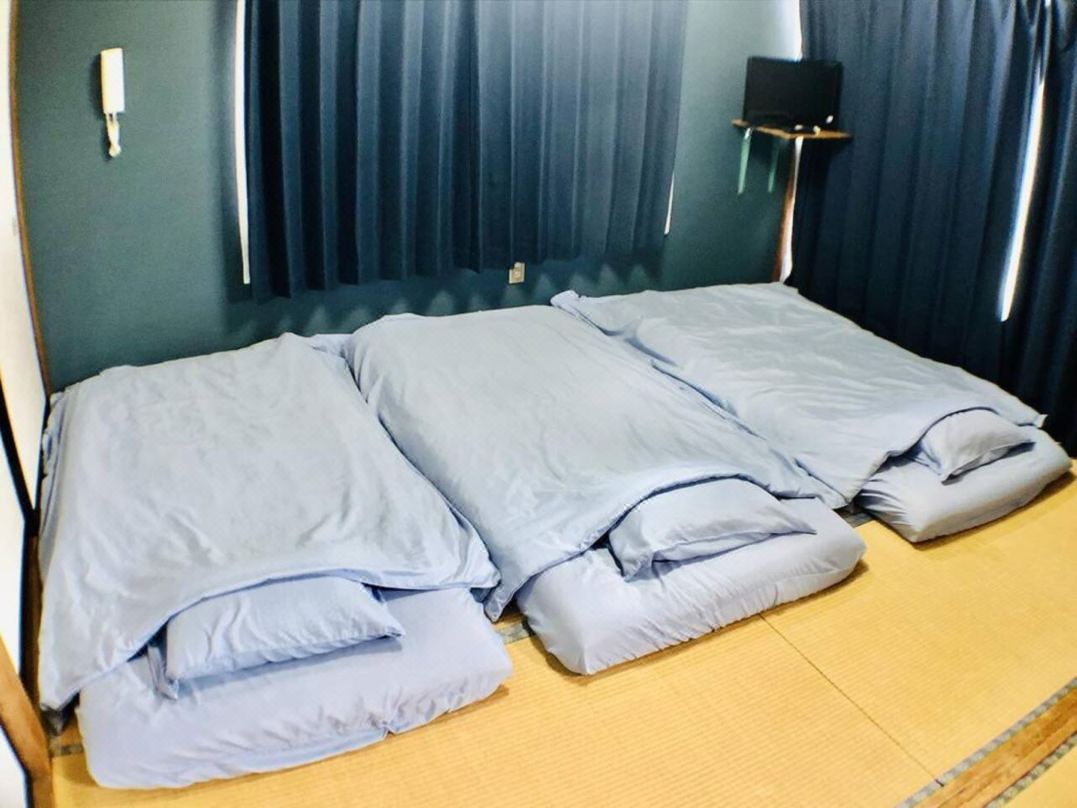

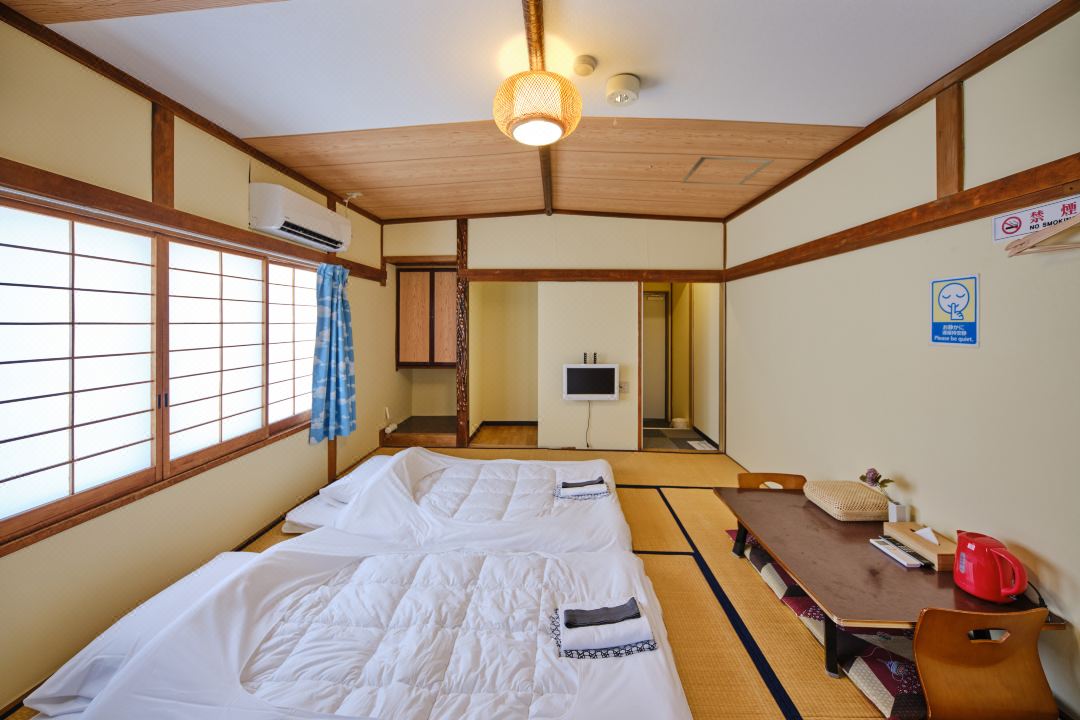
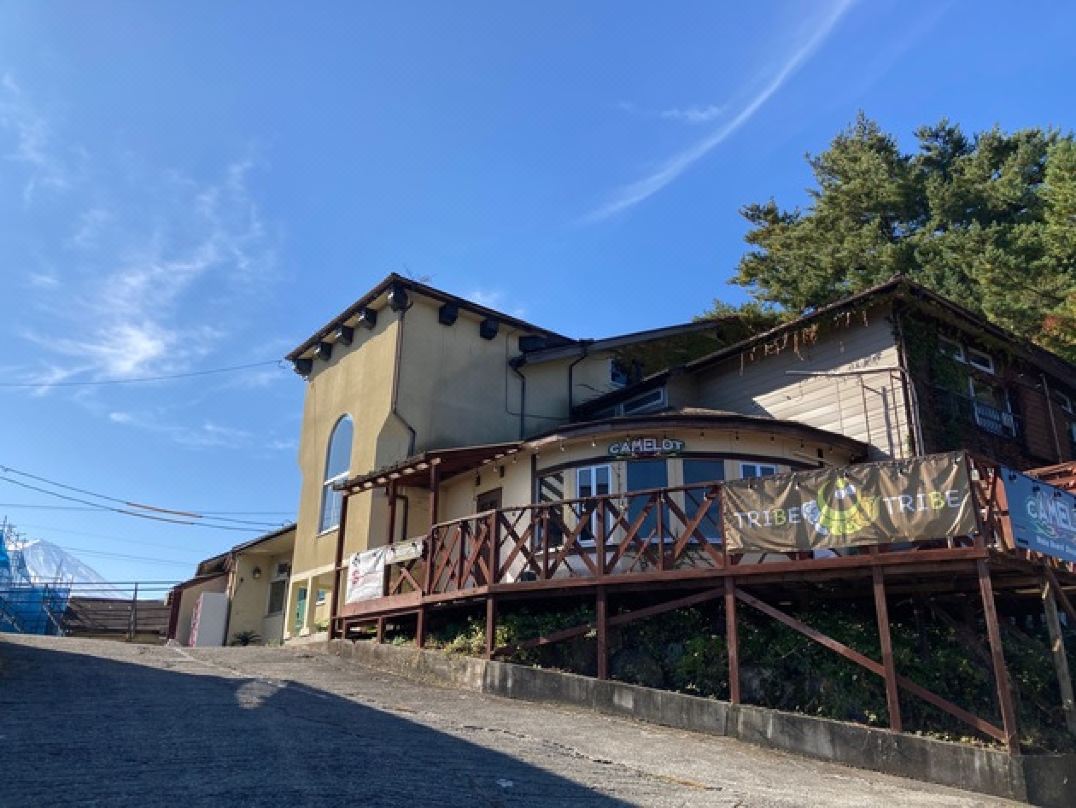


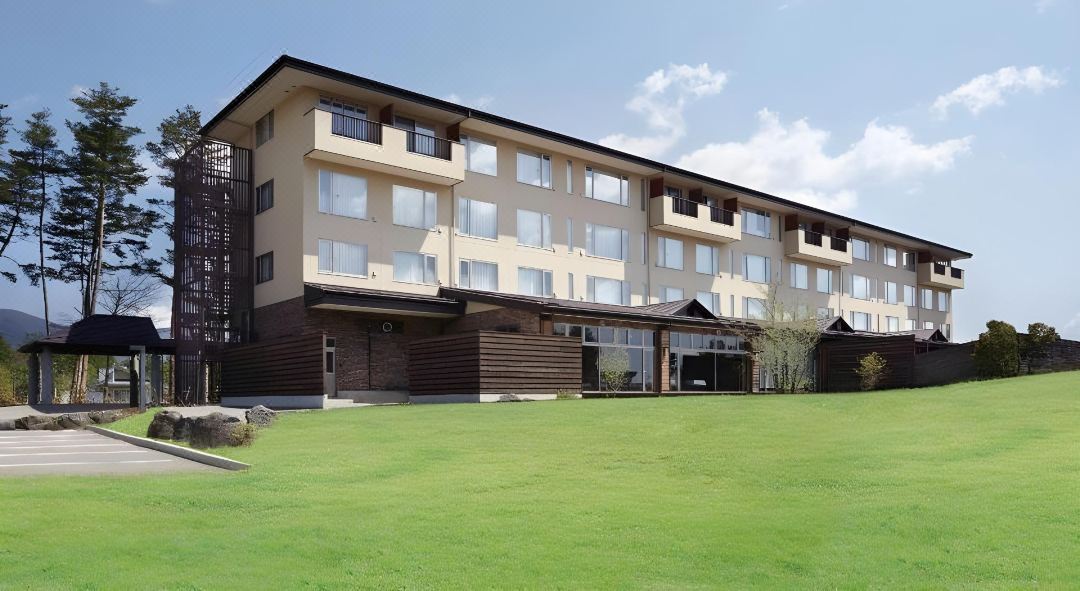
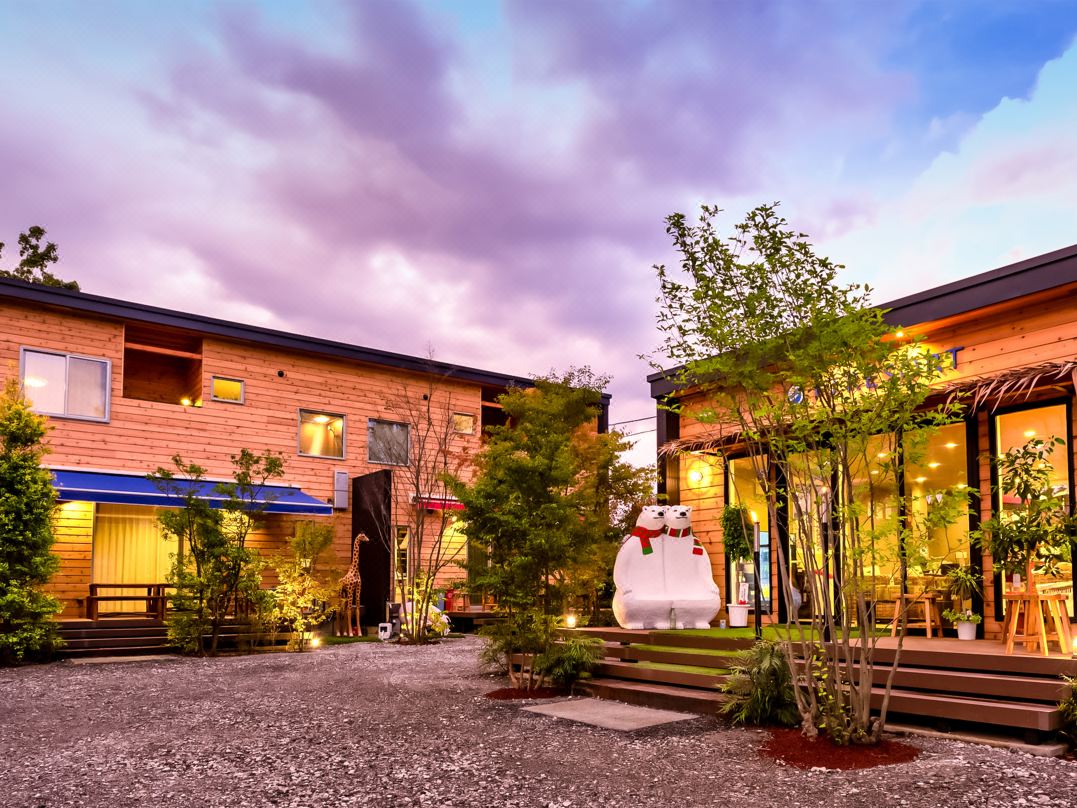
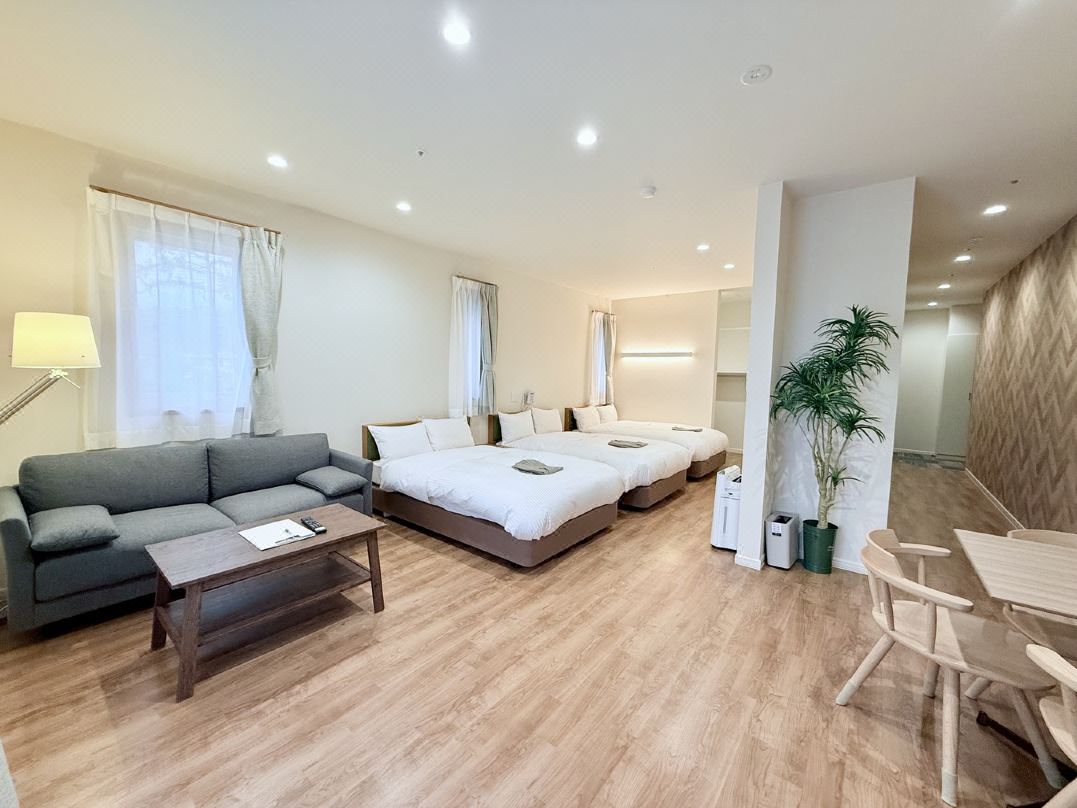



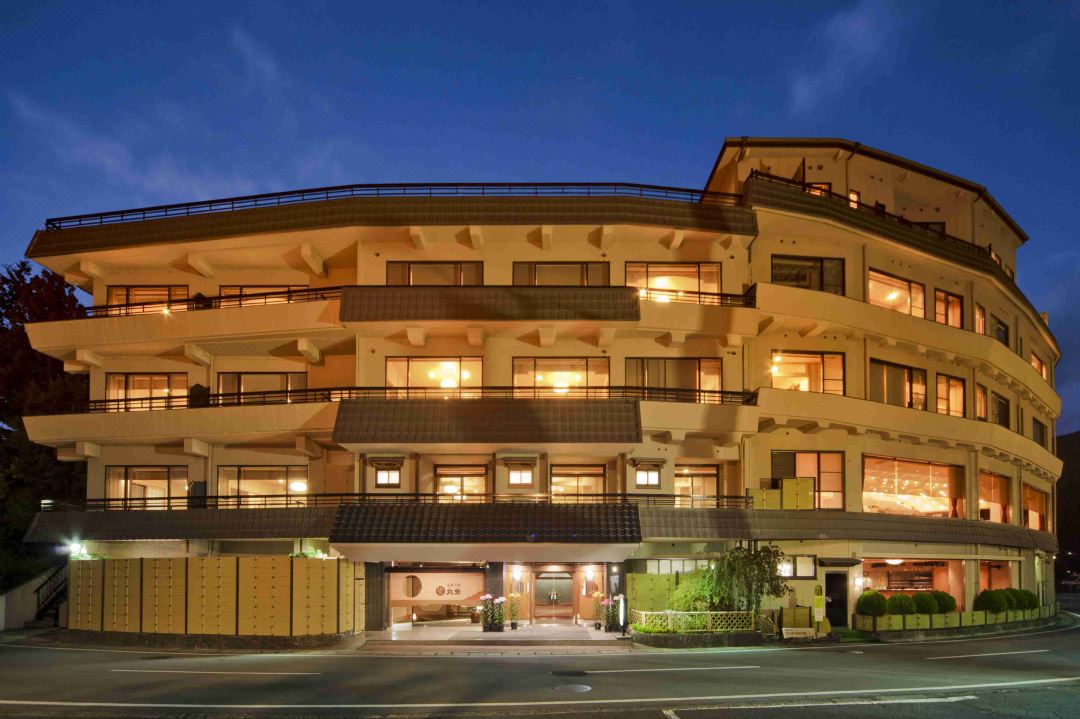
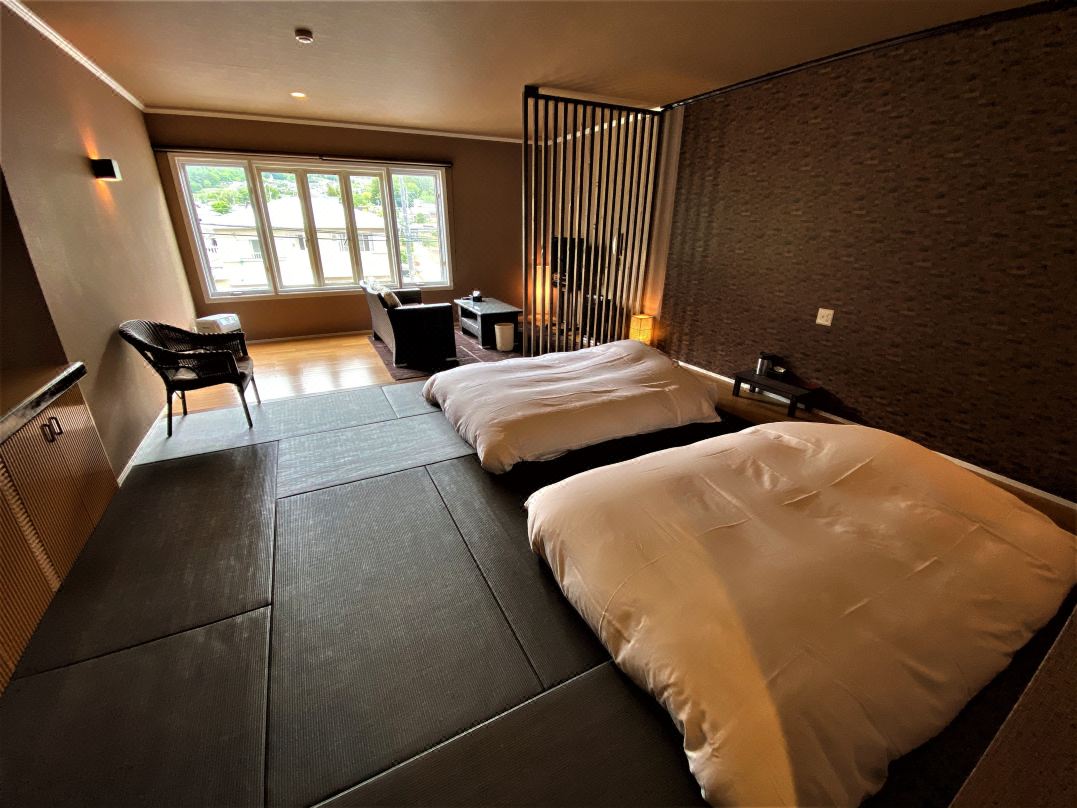


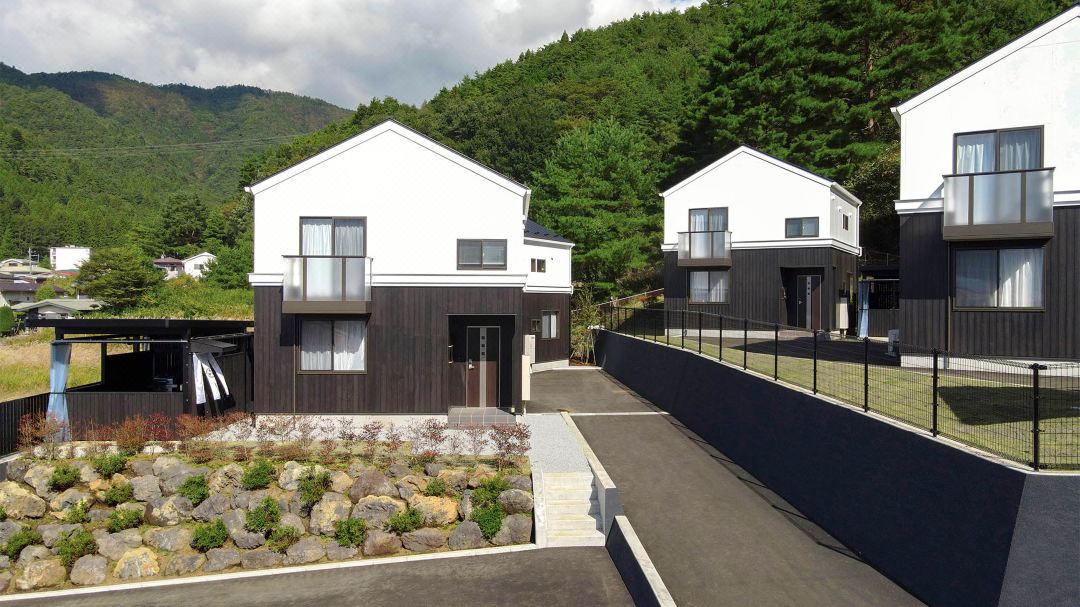
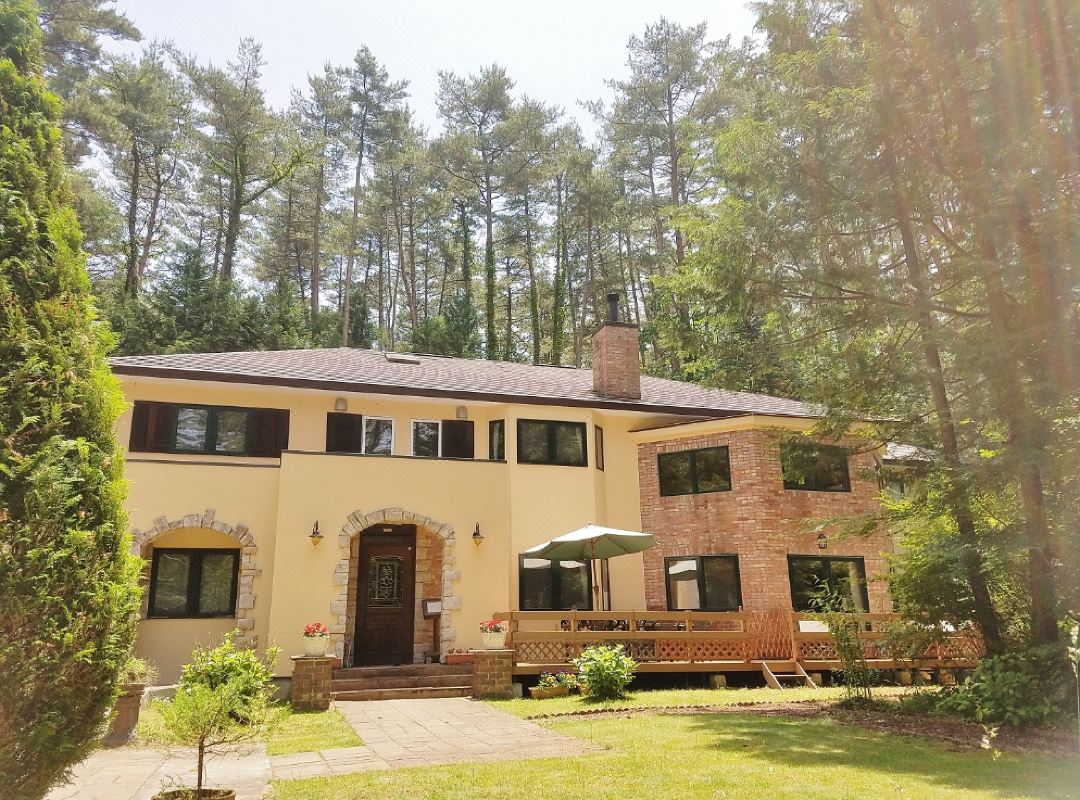



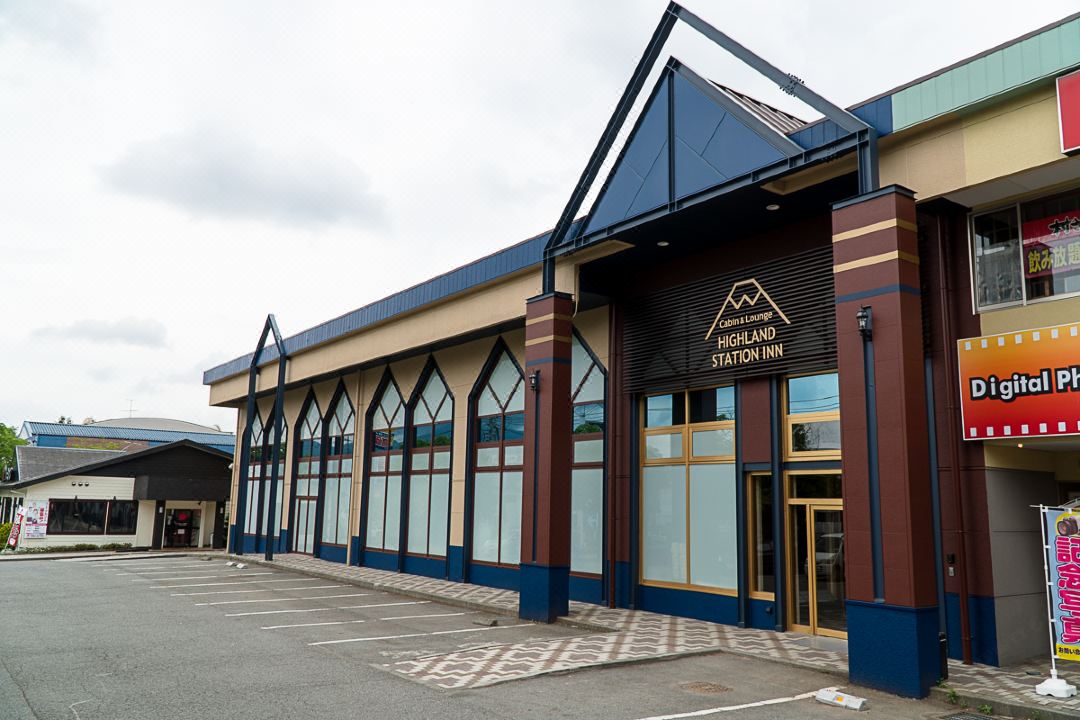
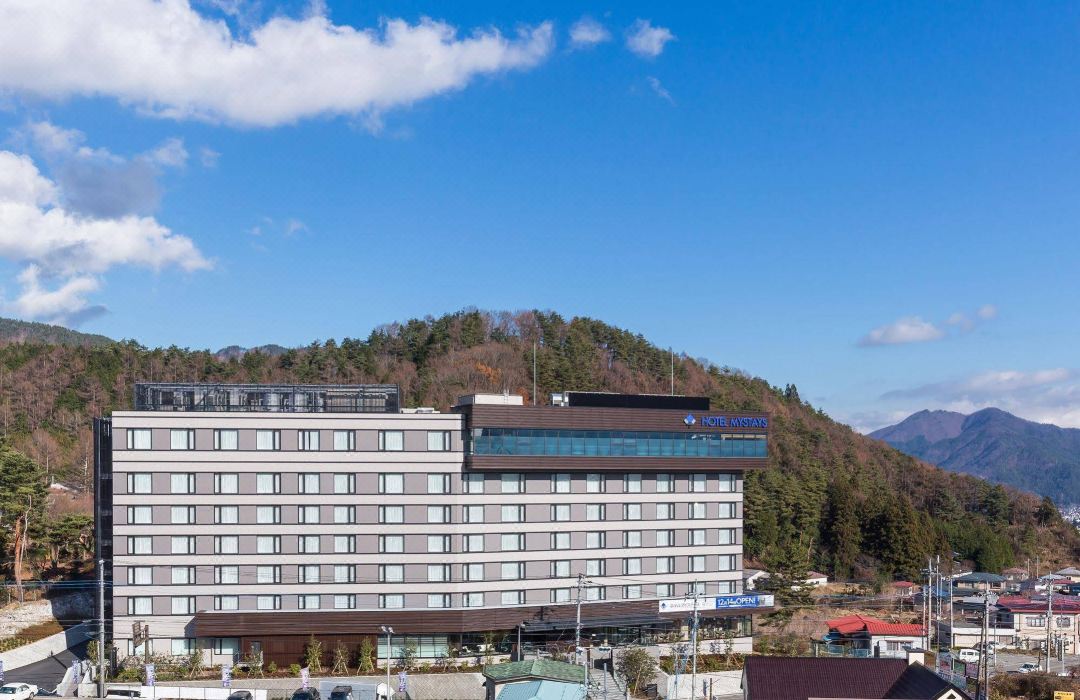
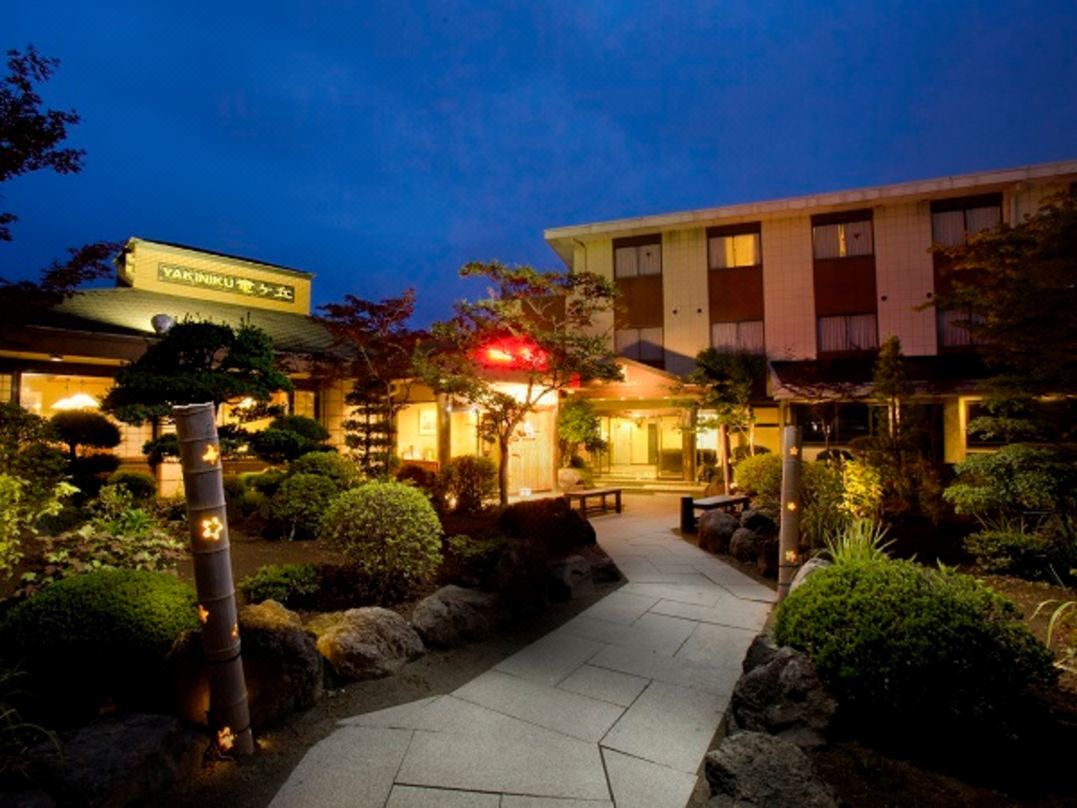

![[Yamanashi] Night view spots at the foot of Lake Kawaguchiko Fuji and recommended spots to enjoy at night](https://resources.matcha-jp.com/resize/200x2000/2023/07/21-141596.jpeg)

![[2026] Celebrate the New Year at the foot of Mount Fuji! A comprehensive guide to recommended spots for viewing the first sunrise and visiting shrines of the year.](https://resources.matcha-jp.com/resize/200x2000/2024/10/02-200100.webp)



![[Yamanashi] What is "Fujizakura Heights Beer", a beer you should definitely try if you come to the foot of Mt. Fuji?](https://resources.matcha-jp.com/resize/200x2000/2023/05/26-138567.webp)









































![[2026 Edition] FORMUAL 1 JAPANESE GRAND PRIX Information](https://resources.matcha-jp.com/resize/720x2000/2025/10/05-245984.webp)


![[2025 Update] Namba's spectacular illuminations! "Namba Hikari Tabi" with approximately 1 million shining lights](https://resources.matcha-jp.com/resize/720x2000/2025/12/12-252825.webp)